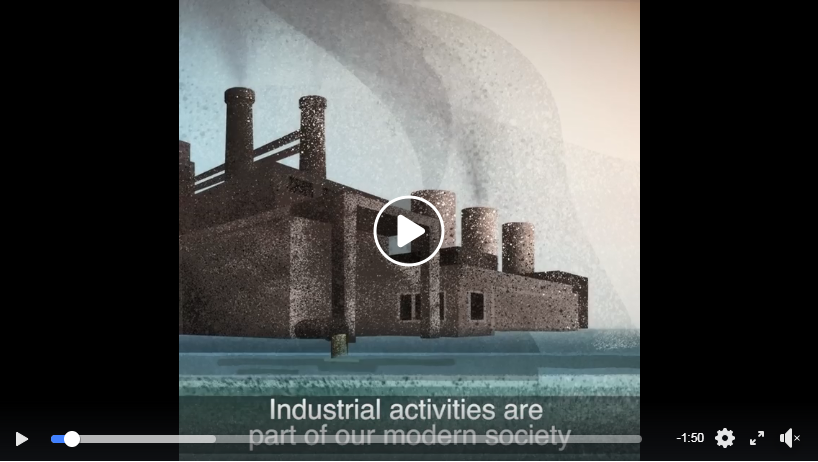The EEA briefing ‘A decade of industrial pollution data’ shows how the register has enabled public access to environmental information since its creation in 2006. It also looks at how the E-PRTR web portal is used to track environmental policy implementation and outcomes and widen knowledge of industrial emissions in Europe. Data in the register shows that over the past 10 years emissions from industrial facilities to both air and water have decreased.
E-PRTR data is also used in studies to assess the effectiveness of environmental policies addressing industrial pollution, such as the EU Industrial Emissions Directive. For example, a recent EEA report ‘Assessing the effectiveness of EU policy on large combustion plants in reducing air pollutant emissions’ looked into the reasons for the observed emissions reductions tracked by the register. The study concluded that a significant part of the reductions for combustion activities took place due to requirements set out in EU environmental legislation on industrial pollution.
Finding pollution near you
The register has significantly facilitated public access to environmental information in Europe. Users of the register can zoom in on an area and see what pollutants are released from large industrial facilities. They can also find and identify top polluters from the data in the register or understand the environmental concerns around the various substances covered by the tool.
The register currently contains over 10 years of data, covering over 34 000 facilities across the 28 Member States of the EU, plus Iceland, Liechtenstein, Norway, Switzerland and Serbia. Data in the register shows for each facility and year, information concerning the amounts of pollutants released to air, water and land as well as off-site transfers of waste and of pollutants in wastewater. Data includes releases and transfers of 91 individual pollutants, like mercury, particulate matter and sulphur oxides, across 65 industrial activities — from cement or steel production to energy power plants.
More information on the European Pollutant Release and Transfer Register (E-PRTR)


Document Actions
Share with others